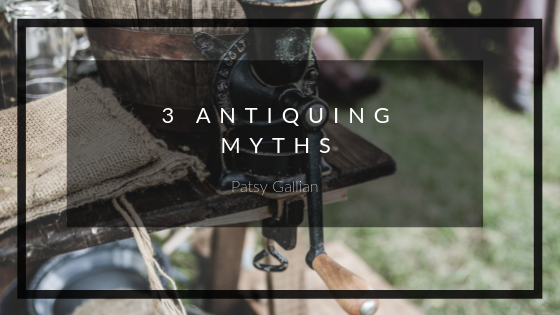One common phrase associated with antiquing is, “One man’s trash is another man’s treasure.” More apt, however, might be “All that glitters is not gold.” There are many myths about antiquing, and shows like Antique Roadshow, while fascinating, don’t do much to debunk them. Many people think that their family heirlooms are worth a fortune, but the truth is they rarely are. If you want to find something full of history and value, you must learn how to separate fact from fiction in the world of antiques.
If it’s dirty or damaged, keep on walking
Way too often, people assume that a dirty or chipped antique they see in a store is not worth a hoot. If you learn how to look past the dirt, though, you may be surprised at what you find underneath. All some valuable antiques need is just a little TLC. However, you must carefully analyze the item to determine whether or not it’s truly capable of being restored.
Antiques are 100+ years old
While some customs offices and old-fashioned may subscribe to and uphold this belief, that doesn’t it’s true. The definition of antiques has grown exponentially in the past few years to cover items that have historic or cultural value. In many cases, items that are significant to history or culture are actually worth more than older items as they are more likely to be coveted and rare.
It’s easy to spot a fake
Many companies create replica products that from the outside look to be authentic. Many new antiquers believe that what looks like the real thing must be the real thing. Researching the item you’re looking for or how products were made during certain time periods is a useful tool to have before you journey to the antique market. If you need more guidance on spotting a fake, check out the blog post I wrote about how to spot the real deal.
The rush of antiquing is undeniable, especially if you find something you love and has historical or cultural value. There’s nothing quite like having a piece in your home that someone else enjoyed a long time ago or was part of a cultural phenomenon. To find great pieces though, it’s important that you have the skills to see a diamond in the rough and know what’s real.

